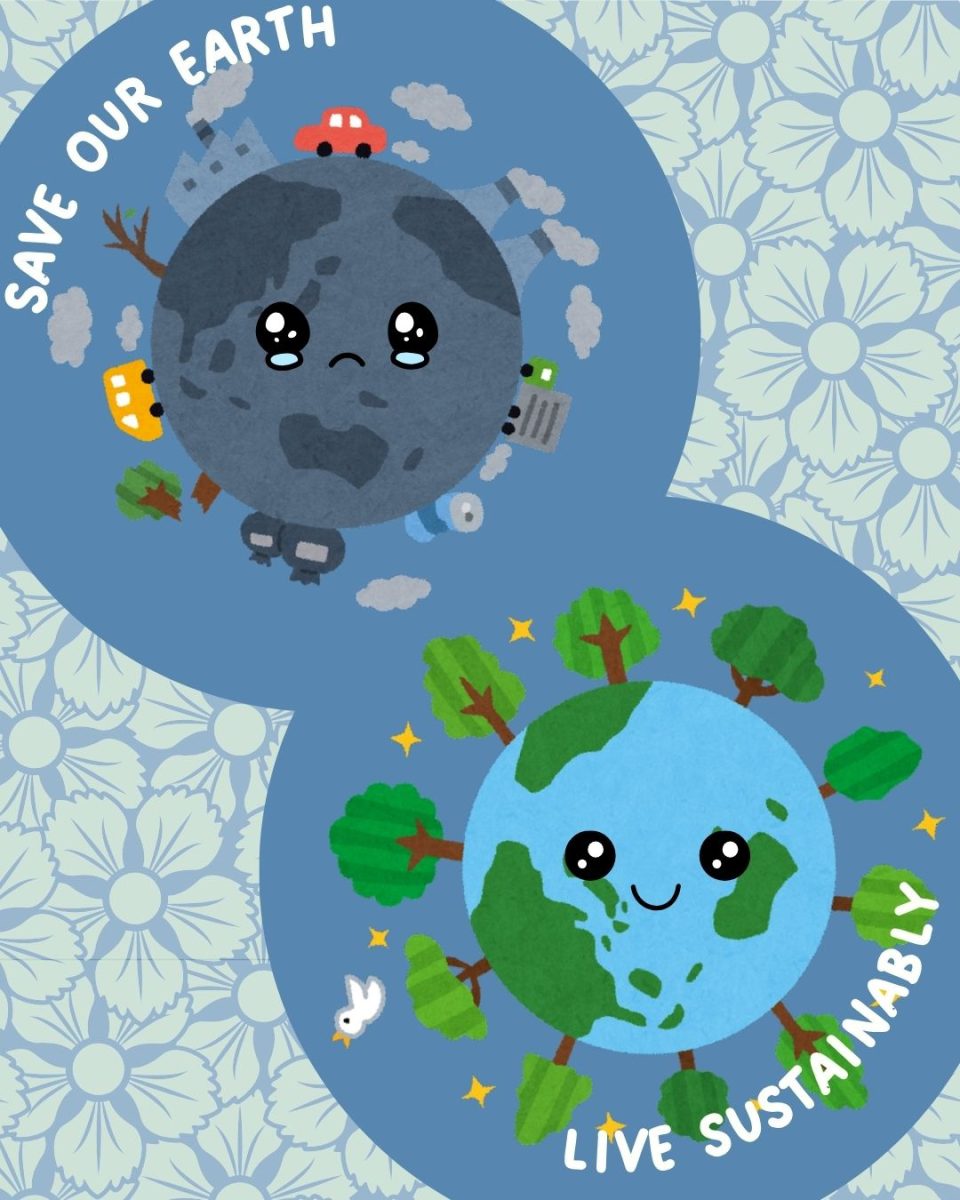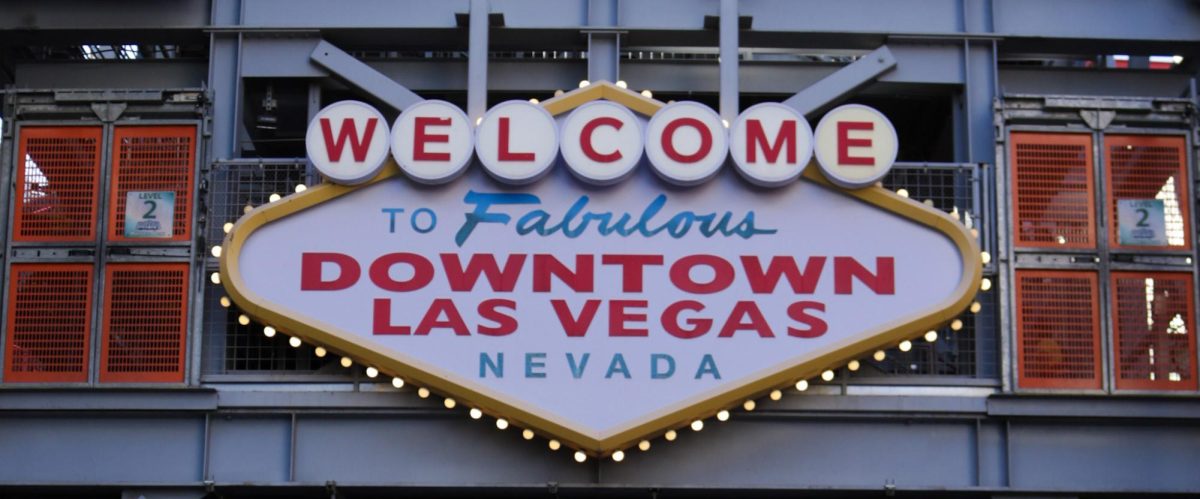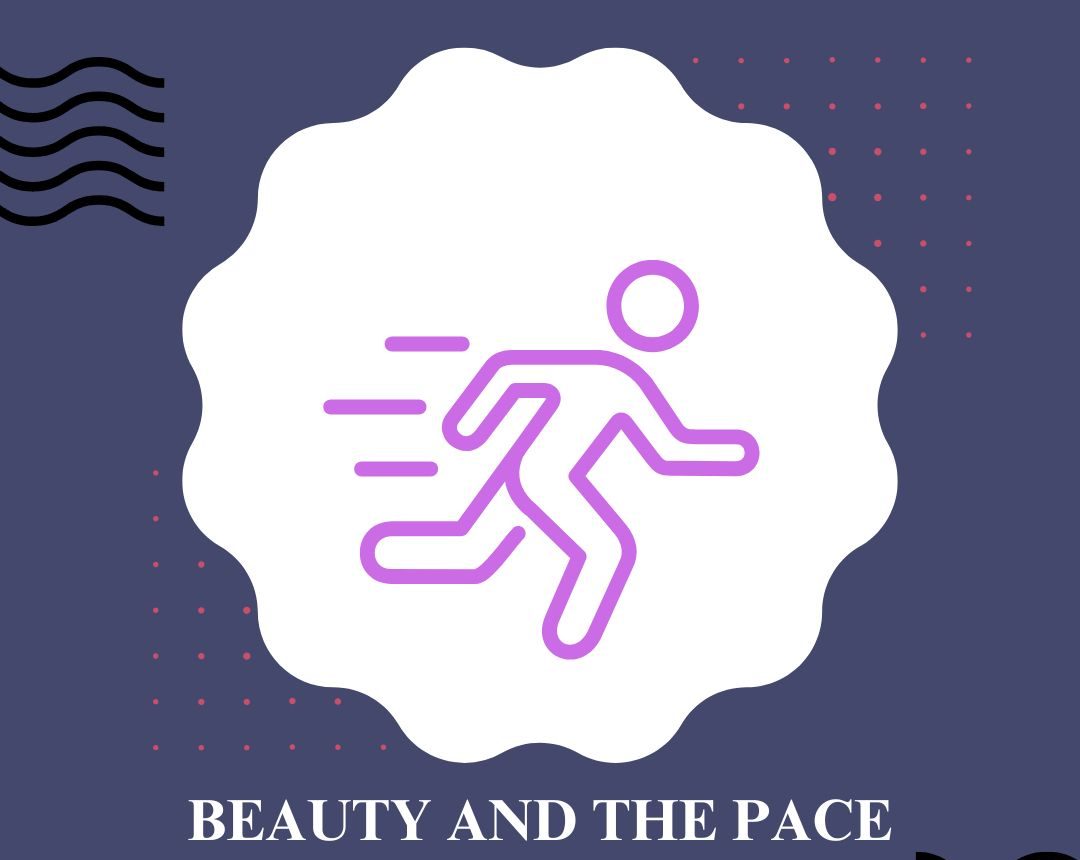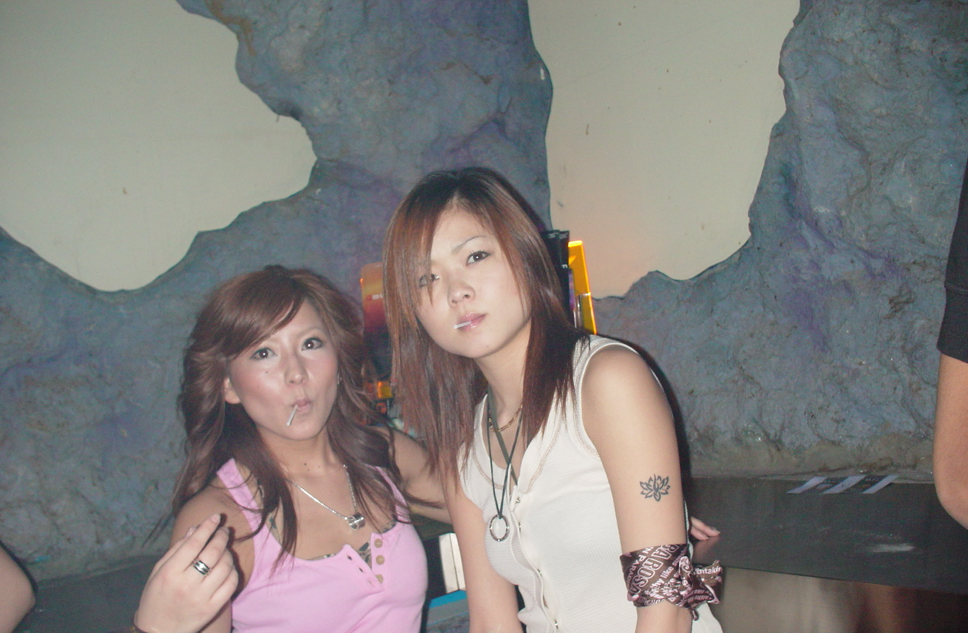2000s Fashion Around the World
2000s fashion in the U.S. was a significant period for fashion, which shaped lifestyle and culture. Celebrities influenced fashion for the new decade and popularized various trends of clothing and hairstyles that are still relevant today.
However, it wasn’t only significant in a limited number of countries. Y2K fashion trends became popular worldwide. Whether it be fashion, music, or television, Y2K fashion trends like low-rise jeans significantly influenced global styles. 2000s trends were especially relevant amongst teenagers and young adults around the world. This was due to globalization and the spread of ongoing trends and fashion catching on like wildfire. What is globalization and how did it affect the interaction and integration among people in the 2000s?
According to National Geographic, globalization is a term used to describe the increasing connectedness and interdependence of world cultures and economies. It captures economic and social changes that have come out as a result, such as the Y2K era. Globalization during the late 90s and early 2000s impacted Y2K culture and its exchange of ideas, especially revolving around fashion.
Fast Fashion Worldwide
During the early 2000s, globalization paved the way for fast fashion and the consumption of cheap products and clothes that are easily accessible, yet disposable. It was affordable street clothing based on the latest fashion trends and designs. Everyone, including people from Asia and Europe, hopped on the bandwagon. Y2K fashion and globalization affected many countries’ pop culture and manufacturing industries, fueling the mass production of fast fashion.
According to the Environmental Innovations Initiative University of Pennsylvania, since the 2000s, clothing sales have doubled annually, while the number of times an item has been worn decreased by more than 30%. Fast fashion consumption and disposal of clothing is increasing more every year.
However, authenticity still remains the same today worldwide. Y2K fashion isn’t entirely plagued and overshadowed by fast fashion trends. One example is Japan: a country that persists in Y2K fashion and culture that has endured its authentic essence since the 2000s.
Japan’s Unique Y2K Styles
Countries such as Japan had a huge Y2K era for fashion and lifestyle. Fashion during the early 2000s in Japan was unique, including fashion styles such as Harajuku (Japanese street style fashion during the 2000s) and Gangoru (a larger subculture of Gyaru).
Gangoru was a Japanese fashion style that rose in popularity during the 2000s. It evolved from Gyaru, a subculture that began in Shibuya, Tokyo in 1990. Gyaru fashion consists of dressing in revealing, skin-tight clothes in bright colors that stand out. Women wore heavy and natural make-up with heavy eyeliner and fake lashes. Most women were fair-toned and had dyed hair, the opposite of the standard for Japanese women during that time period.
However, women in Japan still dress in clothing that was popularized in the U.S. during the 2000s, such as denim jackets, low rise jeans, cropped tops, strappy sandals, and so on.
Y2K was a significant era for many countries across the world. Japan is one of the many examples of how globalization impacts trends, fashion industries, and manufacturing businesses.
Economic Impact during the 2000s
According to Fashinnovation, the economic impact of the fashion industry altogether makes up a multi-billion dollar industry worldwide. It generates substantial amounts of money and jobs in every country. Between 2006 and 2011 online international fashion sales increased by 152%, according to the Fashion History Timeline.
With the rise of online shopping, many traditional retailers’ sales had decreased as more people preferred fast fashion opposed to the high prices. This is still a problem today, as clothing production has approximately doubled in the last 15 years, according to the World Economic Forum. The increase of massive clothing production is most likely due to the influence of fast fashion since the 2000s.
The fashion industry’s growth during the 2000s was a significant factor for the economy, allowing the globalized industry to increase employment opportunities and supply others with affordable clothing. Nonetheless, fashion industries provide essential stability for the economy that generates billions of dollars every year.
Globalization and Fashion’s Impact Today
Globalization is necessary for the economic and social development of everyone worldwide. During the 2000s, globalization allowed fashion industries to thrive and allow for more production of products and clothing that are used internationally.
Y2K was an era of economic prosperity and growth as well as one of the most significant periods of mass production of fast fashion. The 2000s shaped manufacturing businesses, job opportunities, and how Y2K clothing became a major component in pop culture and impact on the economy, which remains notable till to this day.























